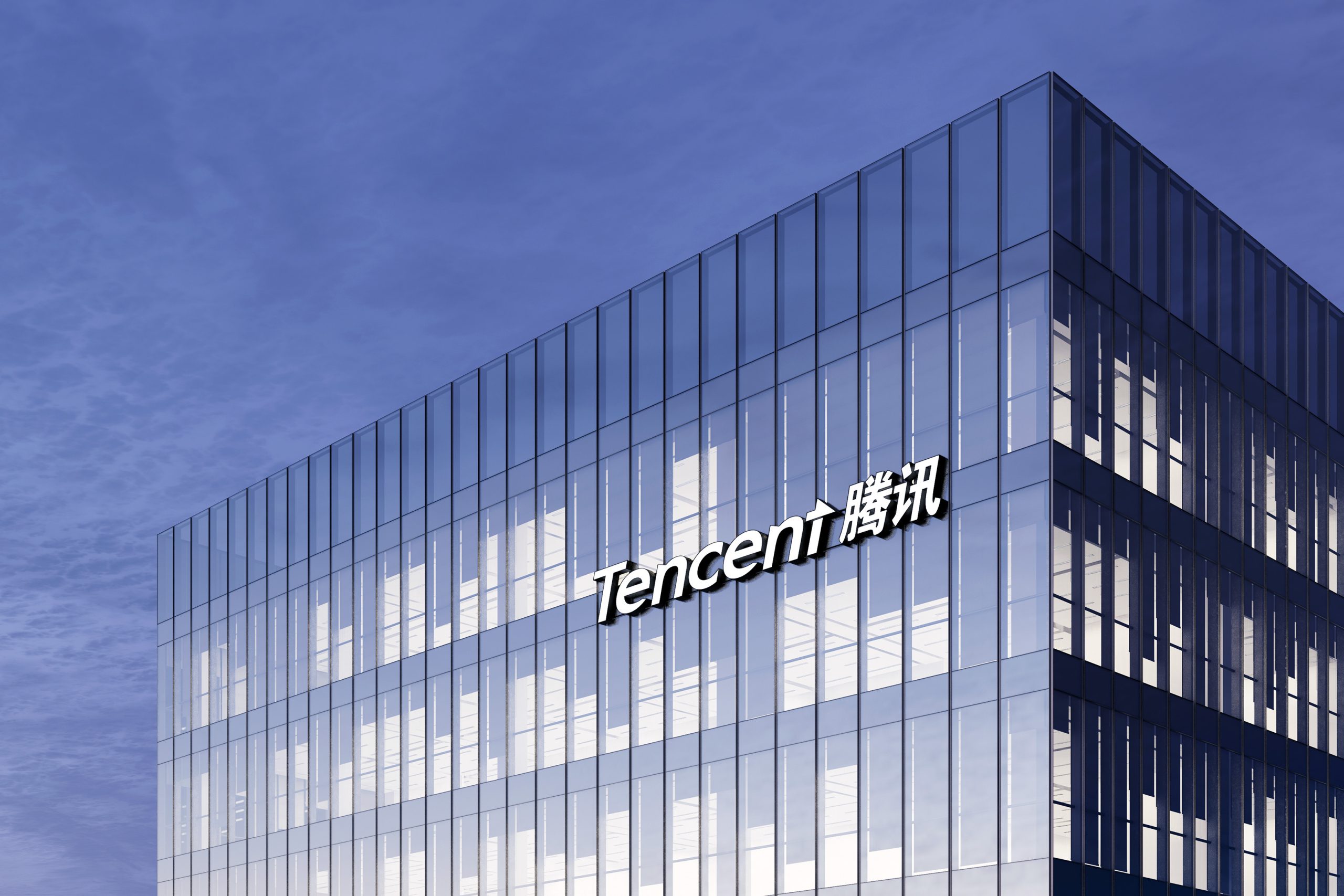The use of artificial intelligence (AI), particularly generative AI, relies on a lot of energy. As its adoption grows and people become more adept at harnessing its power, increasingly strong ties are being created between the tech and energy industries. Whilst this may be a good thing, it also brings about new challenges and legal considerations.
After all, the long-term success of digital infrastructure depends on two core issues. Technical and operational constraints naturally need to be considered but, at the same time, a significant emphasis should be placed on stakeholders establishing clear legal contracts and investment safeguards from the start of a project.
It’s understandable why individuals might get caught in the hype and excitement of a new idea, when a proactive approach to identifying and clearly allocating project risks and rewards upfront is crucial for successfully navigating the complex legal environments over the years and decades in which these projects come online.
Training a single large language model can consume as much electricity as a small town. Data centres currently make up around 1.5% of global electricity demand. The International Energy Agency (IEA) forecasts that electricity demand from data centres will more than double by 2030, a hunger primarily driven by AI. This surge could require new global energy capacity equivalent to roughly four times the United Kingdom’s current total electricity consumption.
This increasing energy demand is concentrated primarily in the areas where data centres are or will be located, straining local power grids and requiring either substantial and rapid grid infrastructure upgrades or, more commonly, a race between data centre owners and operators to secure reliable and sustainable energy sources dedicated to their operations.
AI can improve management of energy
While AI demands significant power, it also holds promise for improving energy management. AI can potentially optimise power grids, integrate renewable energy sources more effectively, predict equipment failures and enhance energy efficiency across various industries and buildings. This could help offset some of the overall impact on global energy demand. However, the energy sector has been slower in adopting AI compared to the tech and financial services industries. Further integration is expected here too.
The legal and contractual framework for AI-energy projects is intricate and, in many areas, novel. It involves navigating diverse regulatory systems, supply chain complexities and geopolitical uncertainties. This leads to complex negotiations concerning risk allocation, pricing mechanisms and responsibilities avoiding downtime. Furthermore, the regulatory landscape for both AI and energy is constantly evolving, making compliance and contractual certainty a moving target.
In this dynamic and complex environment, it is crucial to anticipate, during the contract drafting phase, how disputes could arise and what mechanisms are needed to avoid them, or resolve them early and quickly if they cannot be avoided. Contracts should be meticulously written to foresee potential issues while maintaining enough flexibility to allow for an inevitable degree of unpredictability during a project which will last for decades. That means parties need to clearly define their responsibilities, establish performance metrics (and how those will be tracked) and allocate risks effectively.
Why contracts should be enforced
Importantly, once a contract is signed parties need to immediately and consistently apply and enforce it. It should go without saying – you could argue that the fact it needs saying tells its own story – but incorporating robust governance and dispute resolution methods is essential, with international arbitration recommended for these multi-party, multi-contract projects given advantages such as neutrality, privacy and enforceability in cross-border contexts.
It is also prudent to proactively consider investment protections (including through investment agreements with host country governments and under public international law treaties) as well as potential restructuring scenarios, including upon events like force majeure, changes in law or financial distress.
This foresight can help protect investments and ensure the continuity and long-term success of these critical projects in the face of unwelcome challenges. This is important not only for the participants in the particular projects but also for the wider energy and tech sectors which will be impacted significantly by the availability of this important technology and the speed at which its adoption can grow.
Charlie Morgan is a partner in Herbert Smith Freehills’s disputes practice with a focus on tech, energy and venture capitalism.









